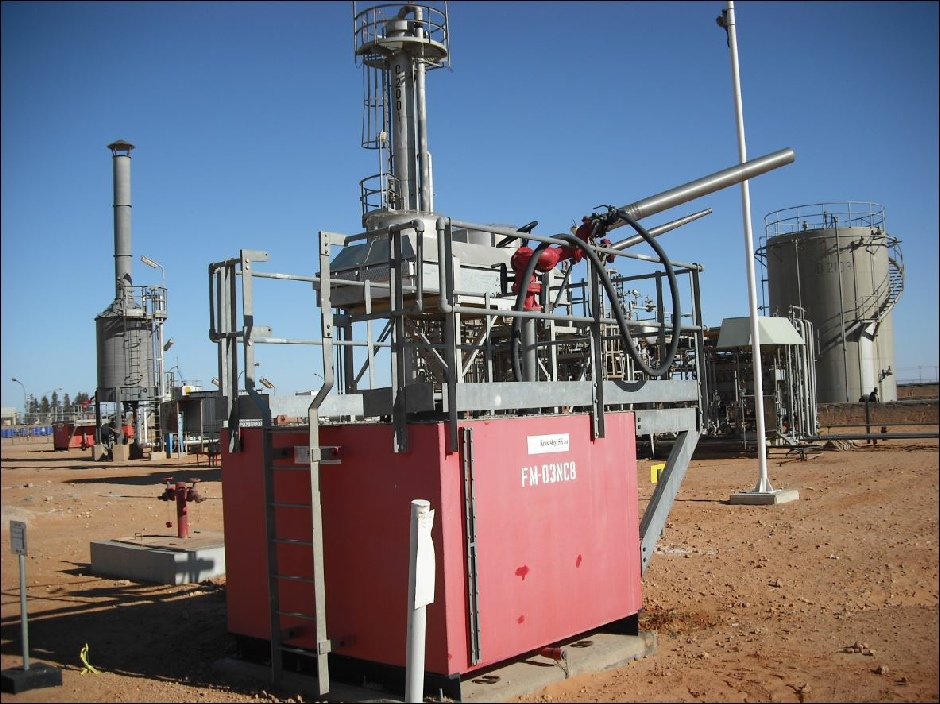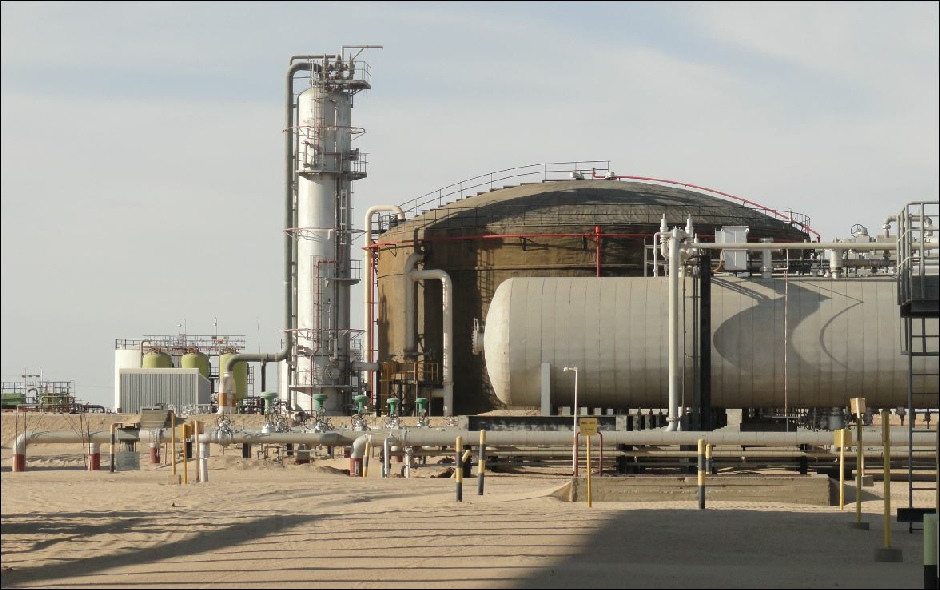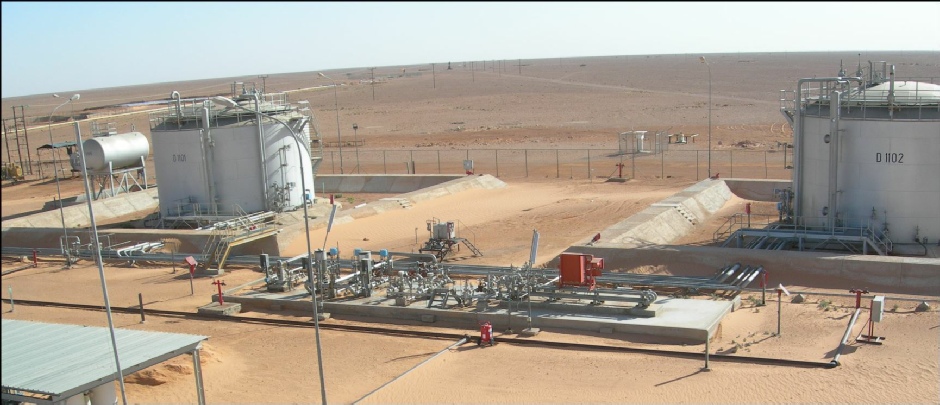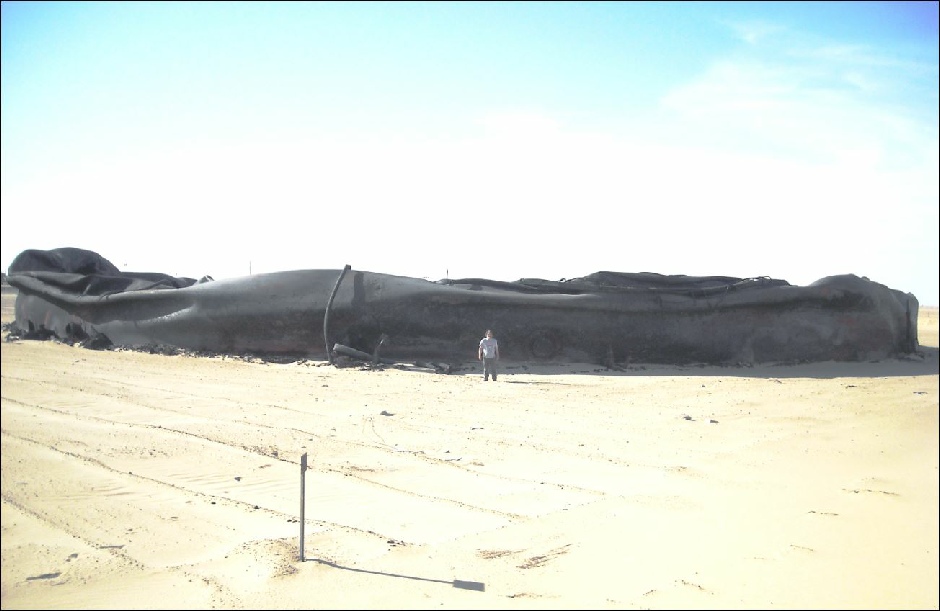The oil and gas industry experienced devastating publicity following catastrophic events in recent decades, although its response in tackling many industry wide problems should offer lessons to the construction industry.
 The industry, as well as being guided by American, British and European standards, has continually developed their own company guidelines, to deal with the issues faced.
The industry, as well as being guided by American, British and European standards, has continually developed their own company guidelines, to deal with the issues faced.
 Adopting and developing the science of safety risk management systems.
Adopting and developing the science of safety risk management systems.
 Systems such as ‘Safety Integrity Levels’, ‘Layers of Protection’, ‘Management of Change’, ‘Root Cause Investigation’, and other step by step procedural analysis, have enabled the industry to rigorously interrogate their projects from Front End Engineering and Design (FEED), through commissioning and handover to operations.
Systems such as ‘Safety Integrity Levels’, ‘Layers of Protection’, ‘Management of Change’, ‘Root Cause Investigation’, and other step by step procedural analysis, have enabled the industry to rigorously interrogate their projects from Front End Engineering and Design (FEED), through commissioning and handover to operations.
 We are experienced in the fire safety aspects of all systems, having contributed at every level.
We are experienced in the fire safety aspects of all systems, having contributed at every level.
 As well as supervising fire engineering projects, we have carried out studies and written fire safety specifications for high value projects.
As well as supervising fire engineering projects, we have carried out studies and written fire safety specifications for high value projects.
 But none of those measures were sufficient to mitigate a Libyan rebel attack on a Saharan desert based central processing facility. With missiles being directed at crude storage tanks, high pressure manifolds, fires erupted in every direction, and the fire protection systems were inevitably overcome when this 60m diameter, £40 million crude storage tank was set on fire.
But none of those measures were sufficient to mitigate a Libyan rebel attack on a Saharan desert based central processing facility. With missiles being directed at crude storage tanks, high pressure manifolds, fires erupted in every direction, and the fire protection systems were inevitably overcome when this 60m diameter, £40 million crude storage tank was set on fire.
 The tank burned for days, with the one note of consolation being; as can be seen; the 40mm thick steel walls crumpled inwards retaining the contents long enough for its contents to burn off.
The tank burned for days, with the one note of consolation being; as can be seen; the 40mm thick steel walls crumpled inwards retaining the contents long enough for its contents to burn off.
Ironically the tank was scheduled for a fire system upgrade, but some worst case scenario’s just aren’t normally considered